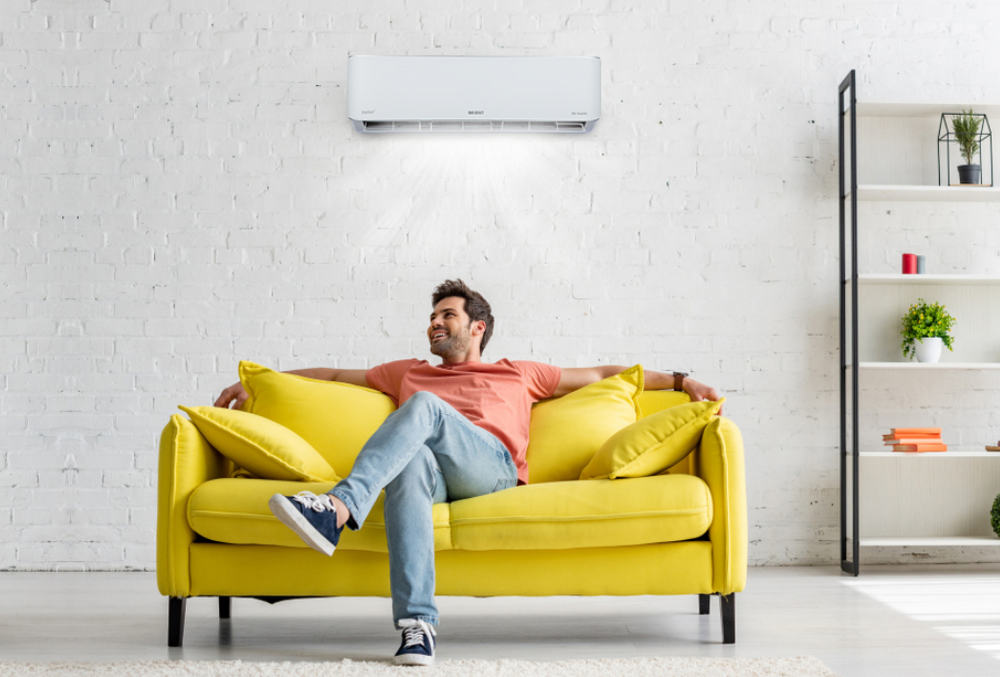You have no items in your shopping cart.
)
Air conditioners are now a must-have; whether we talk about summers or winters! With the introduction of inverter technology in air conditioners as well as heat mode availability, air conditioners have become an appliance that is relevant all year round. Now, when we talk about using air conditioners throughout, even in place of electric heaters and the like, the first question that comes to mind is the electricity consumption and the resulting electricity bill of mammoth proportions!

This is where inverter technology comes in. With the promise of more than 60% energy efficiency, DC inverter AC’s brought on a revolution in the world of air conditioner technology. While the concept is very simple, how do we find out if the air conditioner is as energy efficient as advertised?

According to a recent study, almost 6% of our electricity bills go to air conditioners. If that is the case, wouldn’t it make sense that we get the most out of it?
Inverter air conditioners are designed to be very energy efficient. The reason for this lies in the variable working of the compressor that adjusts its speed to the required level of heating or cooling in the room. The compressor alone makes DC inverter AC’s more than 50% energy efficient when compared to the fixed-speed models. When Orient claims our DC Inverter AC’s give you up to 85% energy saving, we add in the energy efficiency provided by Mevris, an IoT application that automates the running of an air conditioner to save maximum energy.
Now, if you are convinced that DC inverter AC’s are the right choice for you, let’s see the exact metrics used to measure energy efficiency.
EER or Energy Efficiency Ratio is basically an energy performance rating for air conditioners. You will usually find it on the top of the specification sheets and it is invaluable as a metric when we compare energy efficiency of different air conditioners.

By technical definition, the EER provides you with the ratio of useful cooling/heating output (BTU/h) to electricity input (measured in Watts). The higher the EER, the more cooling/heating will the air conditioner provide for every watt of energy consumed.
Calculating the Energy Efficiency Rating (EER) for an air conditioner is very simple. All you need to know are two practical metrics:
1) Capacity of an air conditioner (BTU’s)
2) Power of an air conditioner (Watts)
To get the EER, just divide the Capacity (BTU’s) with its Power (Watts). For example:
EER= Capacity (in BTU)/Power (in Watts)
EER= 12000/1000 Watts = 12
This simple calculation tells us that for every single watt of power supplied to the air conditioner, we will be getting 12 BTU worth of cooling/heating effect.
Now that you know what EER is and how you can even calculate it to estimate the energy efficiency of your air conditioners, making the right decision would be extremely easy for you.
Orient air conditioners offer up to 85% energy saving, owing to their smart operation. Superior performance, highest quality and beautiful designs, check them out now!